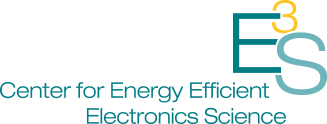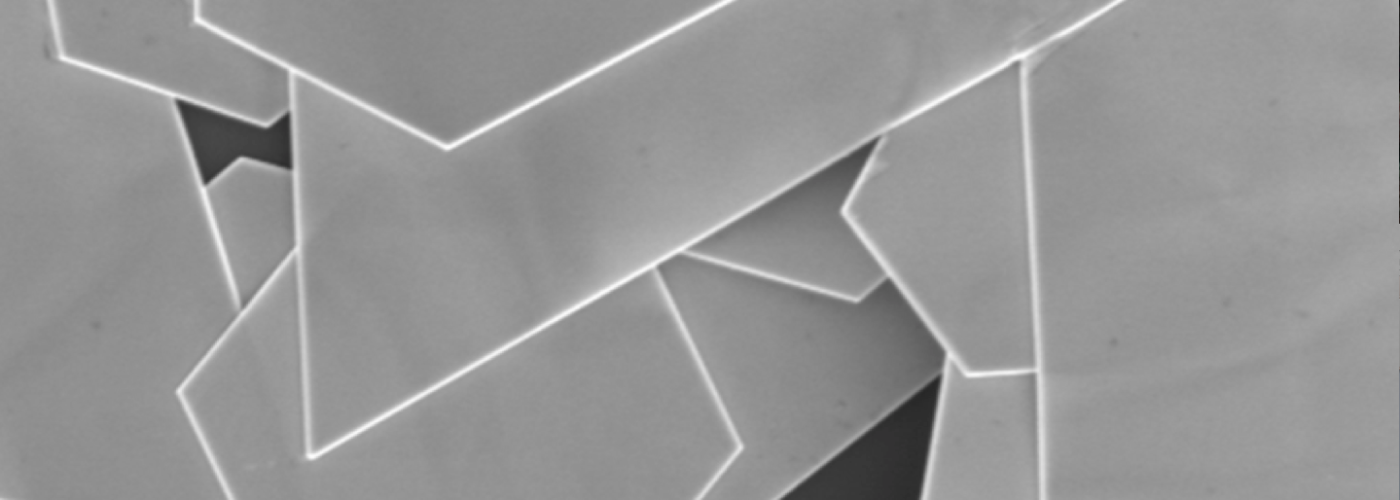Theme II: Nanomechanics
Faculty
Tsu-Jae King Liu (theme leader), Berkeley
Vladimir Bulović, MIT
Jeffrey Lang, MIT
Farnaz Niroui, MIT
Vladimir Stojanović, Berkeley
Timothy Swager, MIT
Junqiao Wu, Berkeley
David Zubia, UTEP
The goal of the nanomechanics team was to demonstrate low-voltage zero-leakage switching with nano-electromechanical (NEM) relays and systems as ultra-low energy alternatives to the current-day transistor. The main advantage of mechanical switches is that they conduct current only when two plates are in contact, and turn off current when the plates are separated. These switches thus have inherently zero OFF-state current and are promising solutions for the OFF-state leakage issue.
Challenges
With the discovery that surface adhesion ultimately limits relay scaling, the E3S researchers focused on new approaches that went beyond voltage reduction through scaling and new device design. Instead, the team pursued the concept of a tunneling relay whereby the electrical activation will occur when the two electrodes are brought into close proximity, but do not touch each other. The spacing of the electrodes can be controlled by spring-restoring forces or by folding molecular chains. The latter approach constitutes a molecular squeezable switch, or “squitch”. In addition, a NEM-based switch functioning by stretching molecular entities (a “stritch”) was pursued.
Major Accomplishments
Nanomechanics research in E3S demonstrated the importance of molecular functionalization on the surfaces of micro/nano-electromechanical switches that will likely become standard in the field of nanomechanics. Moreover, a groundbreaking method to directly integrate mechanical relays with standard CMOS fabrication was developed using the back-end-of-line (BEOL) interconnect metal layers.
- Invention of the squeeze-switching “Squitch” concept, in which molecules act as a spring inside a micro/nano-electromechanical switch, preventing direct metal-to-metal contact.
- Demonstration of <50 mV digital relay-based integrated circuit operation at room temperature using a 4-terminal body-biasing MEM-based switch
- Vertically oriented on-chip relays were designed and fabricated at a Foundry by a standard CMOS process, using the back-end-of-line (BEOL) interconnect (metal) layers.
- Development of relay-based platforms for machine learning inference engine applications (deep neural network inference engine implementations for the edge devices).
- MEM relay operation at sub-25 mV switching voltage was successfully demonstrated at cryogenic temperatures and endurance exceeding 108
- A low-voltage, digital MEM-based relay integrated circuit, operating in a complementary manner with AND, OR, or MAJORITY functionality, was demonstrated.
- Demonstration of relay-based 2:1 multiplexer circuits and embedded memory (“NEMory”) with competitive metrics compared to CMOS-based memories and ReRAM.

